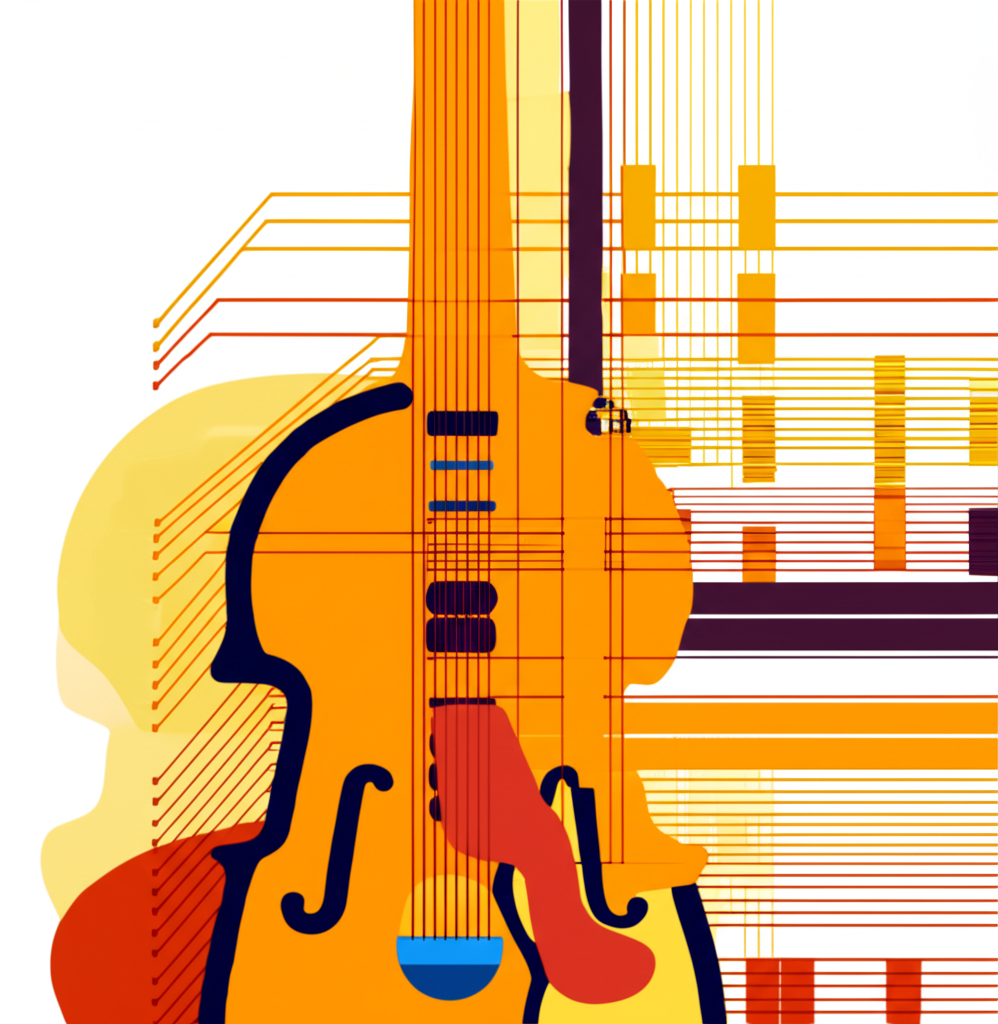Exploring the Neapolitan Minor Scale: A Comprehensive Guide
Introduction to the Neapolitan Minor Scale

Historical Context and Musical Significance
The Neapolitan Minor scale has roots in both classical and folk music traditions. It is named after the city of Naples, Italy, where it was prominently used in 18th-century opera and classical compositions. The scale's distinctive sound has made it a favorite among composers seeking to evoke dramatic or exotic moods.
Technical Construction
Interval Pattern
The Neapolitan Minor scale is constructed using the following interval pattern:
- Root
- Minor second (b2)
- Minor third (b3)
- Perfect fourth (P4)
- Perfect fifth (P5)
- Minor sixth (b6)
- Major seventh (M7)
This creates the formula: 1 - b2 - b3 - 4 - 5 - b6 - 7
Comparison with Other Scales
The Neapolitan Minor differs from the standard harmonic minor scale by its flattened second degree. This small alteration creates significant differences in harmonic possibilities and melodic character.
Practical Applications
In Classical Music
The scale has been used extensively in classical compositions, particularly in operatic and symphonic works where dramatic tension is desired. Composers like Verdi and Puccini employed this scale to create haunting melodies.
In Jazz
Jazz musicians appreciate the Neapolitan Minor for its rich harmonic possibilities. The scale works particularly well over minor chords with major sevenths, creating sophisticated harmonic textures.
In Rock and Pop
While less common in mainstream pop, the Neapolitan Minor appears in progressive rock and metal genres where musicians seek more complex harmonic colors. Bands like Dream Theater and Opeth have incorporated this scale in their compositions.
Progressive Exercises
Beginner Level
Start by playing the scale ascending and descending in one octave, focusing on the unique interval between the b2 and b3 degrees.
Intermediate Level
Practice the scale in different keys and explore simple melodic patterns using the characteristic b2 interval.
Advanced Level
Create improvisations using the scale over appropriate chord progressions, paying attention to voice leading and resolution of the characteristic tones.
Common Chord Progressions
The Neapolitan Minor scale works well with the following chord types:
- Minor-major 7th chords (e.g., Cm(maj7))
- Minor 6th chords
- Diminished chords built on the raised sixth degree
Modal Relationships
The Neapolitan Minor can be viewed as the fourth mode of the harmonic major scale, which provides interesting modal interchange possibilities in composition and improvisation.
Conclusion
The Neapolitan Minor scale offers a wealth of creative possibilities for musicians willing to explore its unique sound. While it may require some adjustment for those accustomed to more conventional scales, the effort is rewarded with access to a distinctive musical color that can elevate compositions and improvisations.
